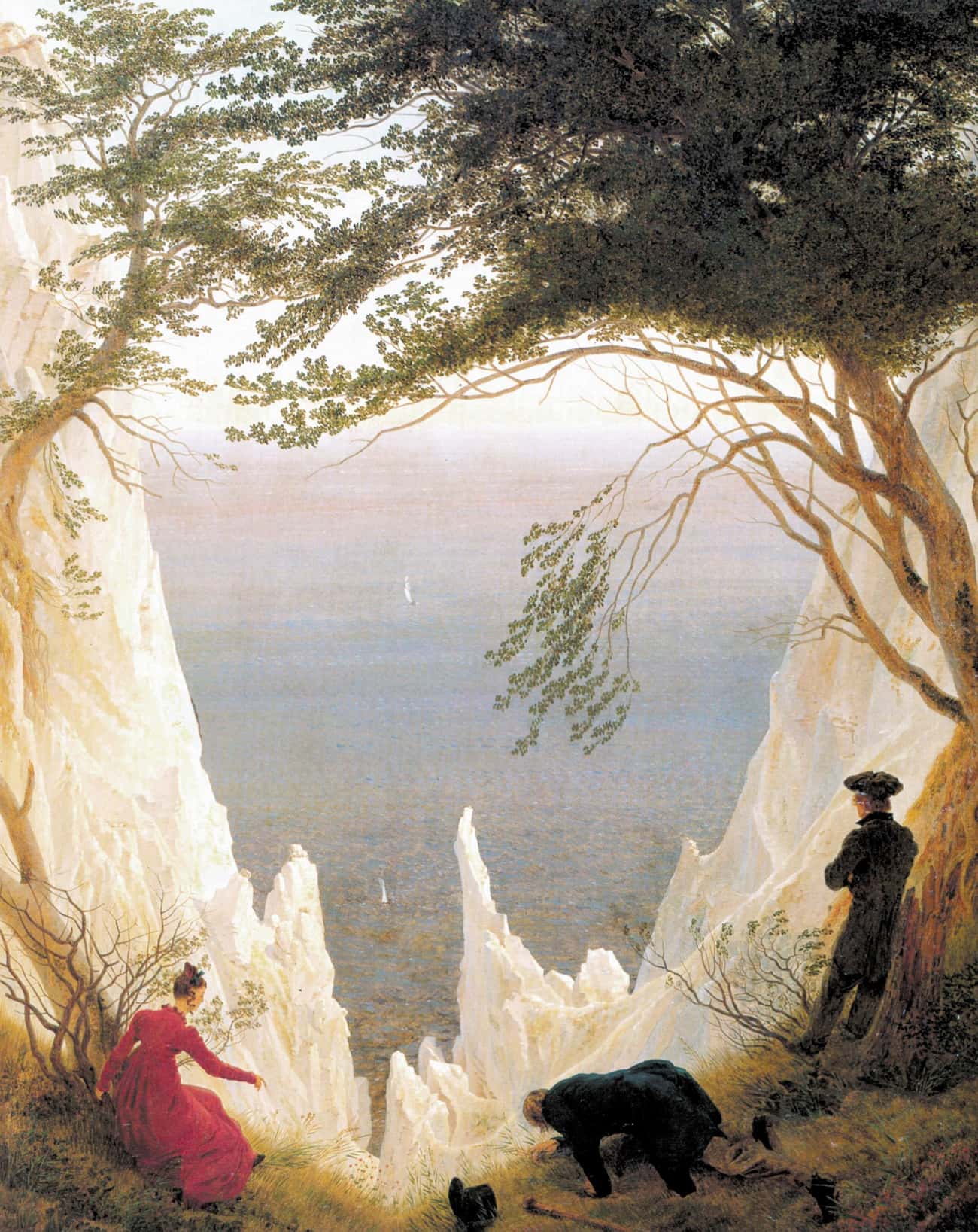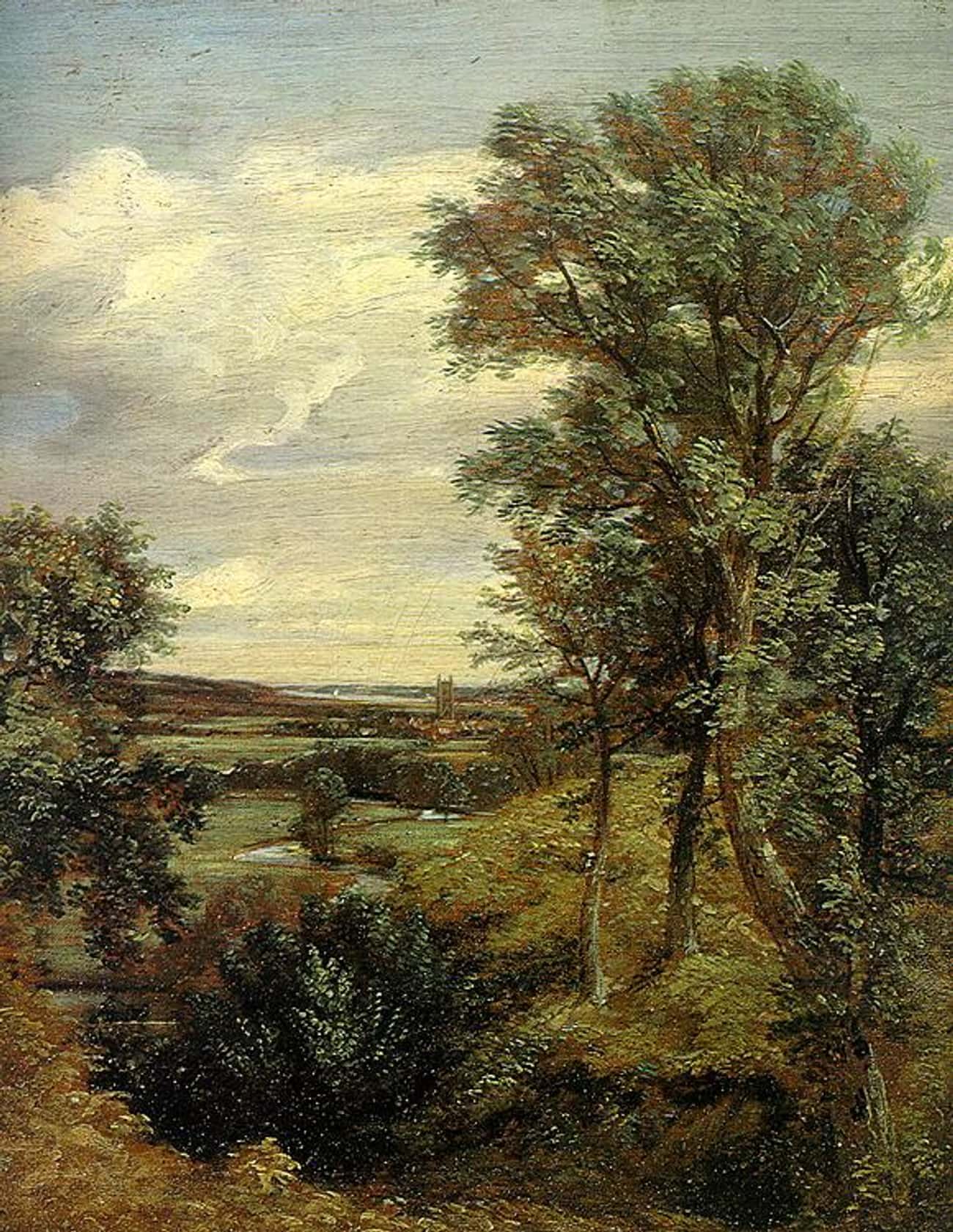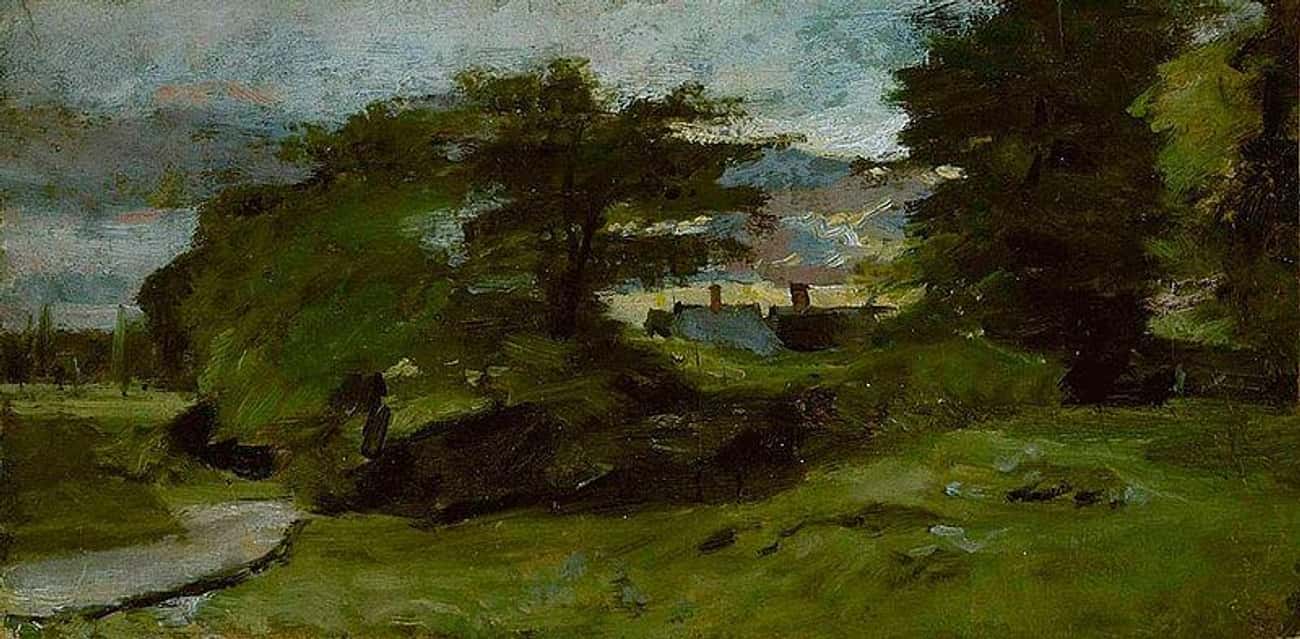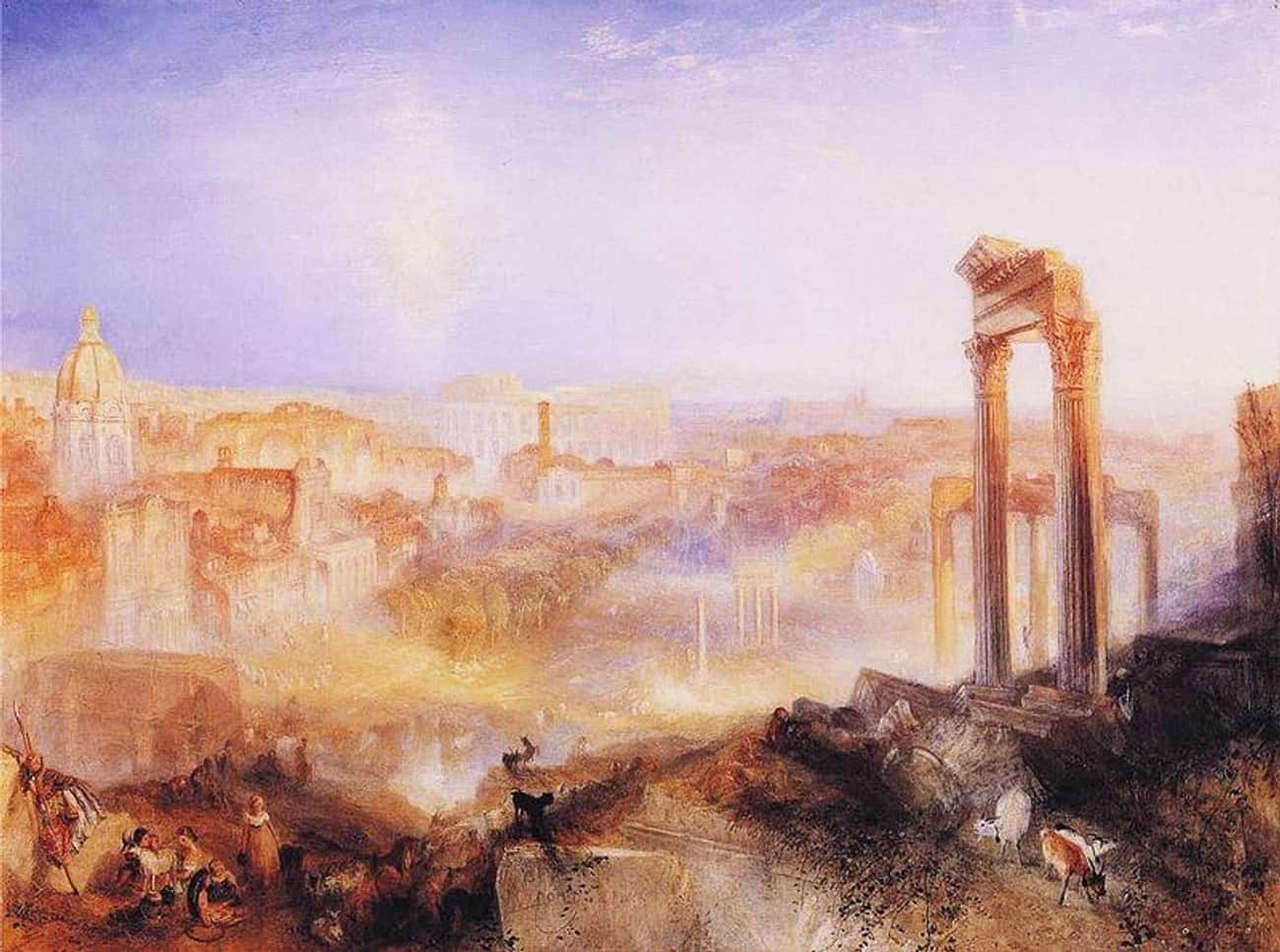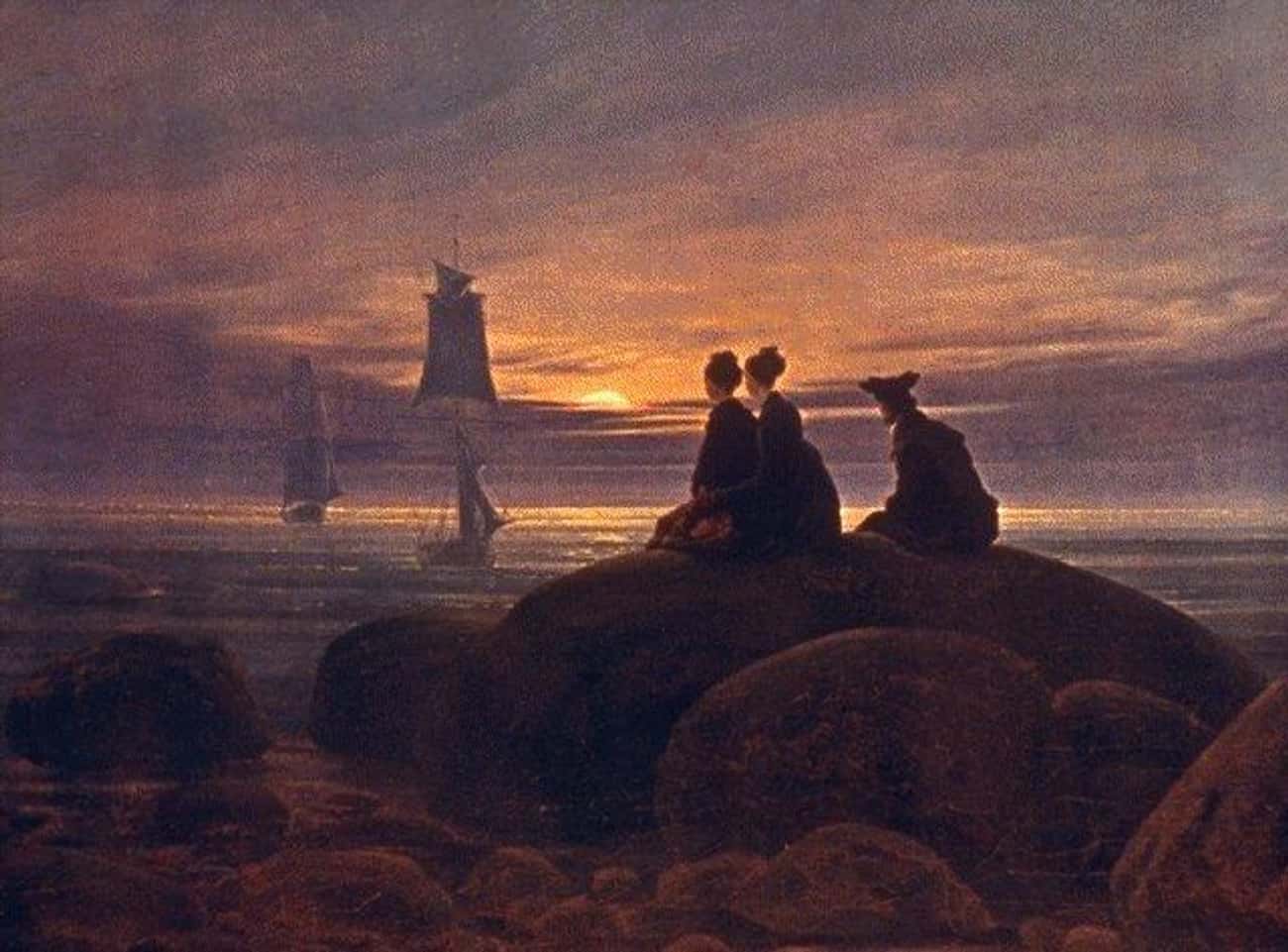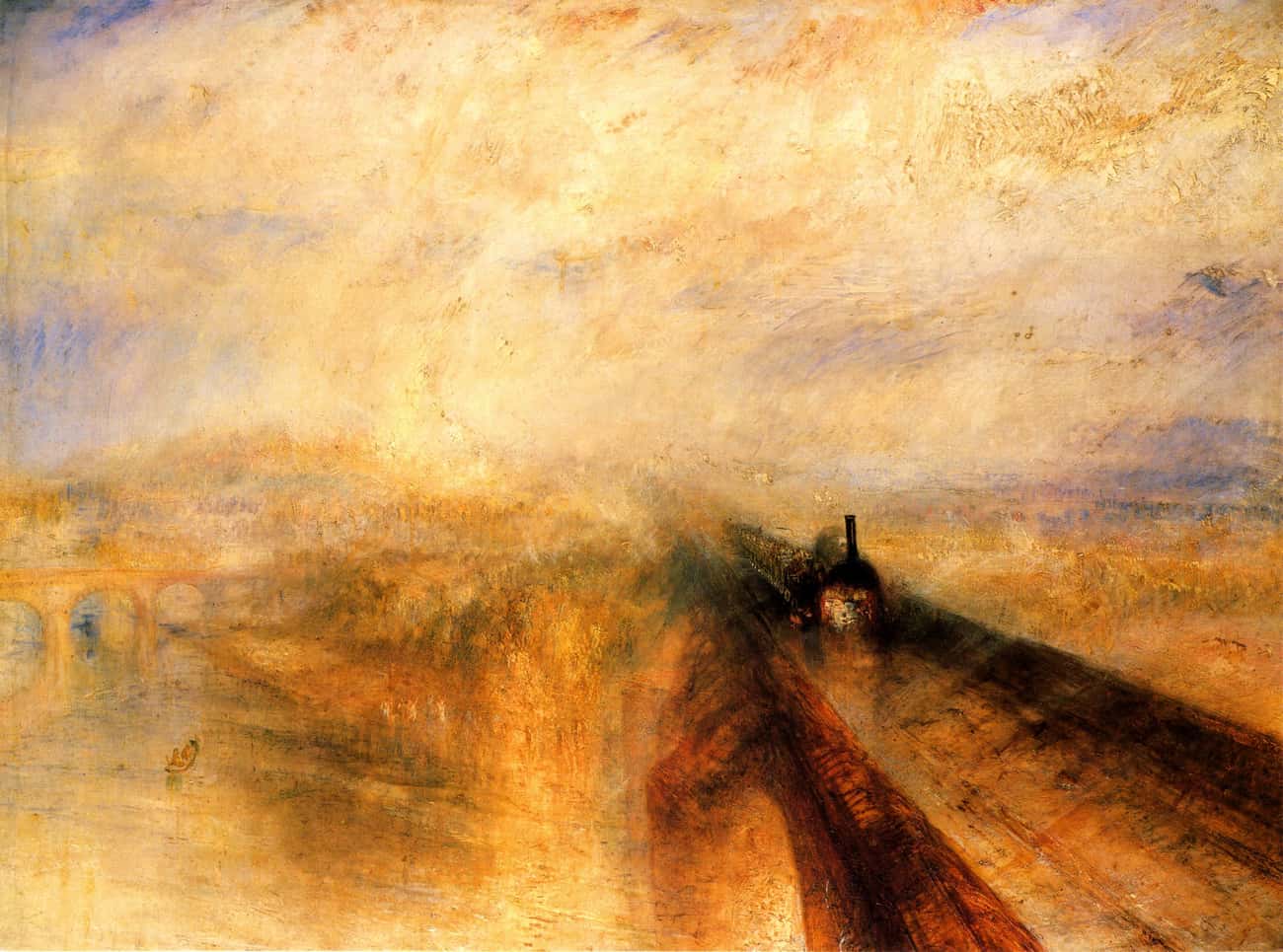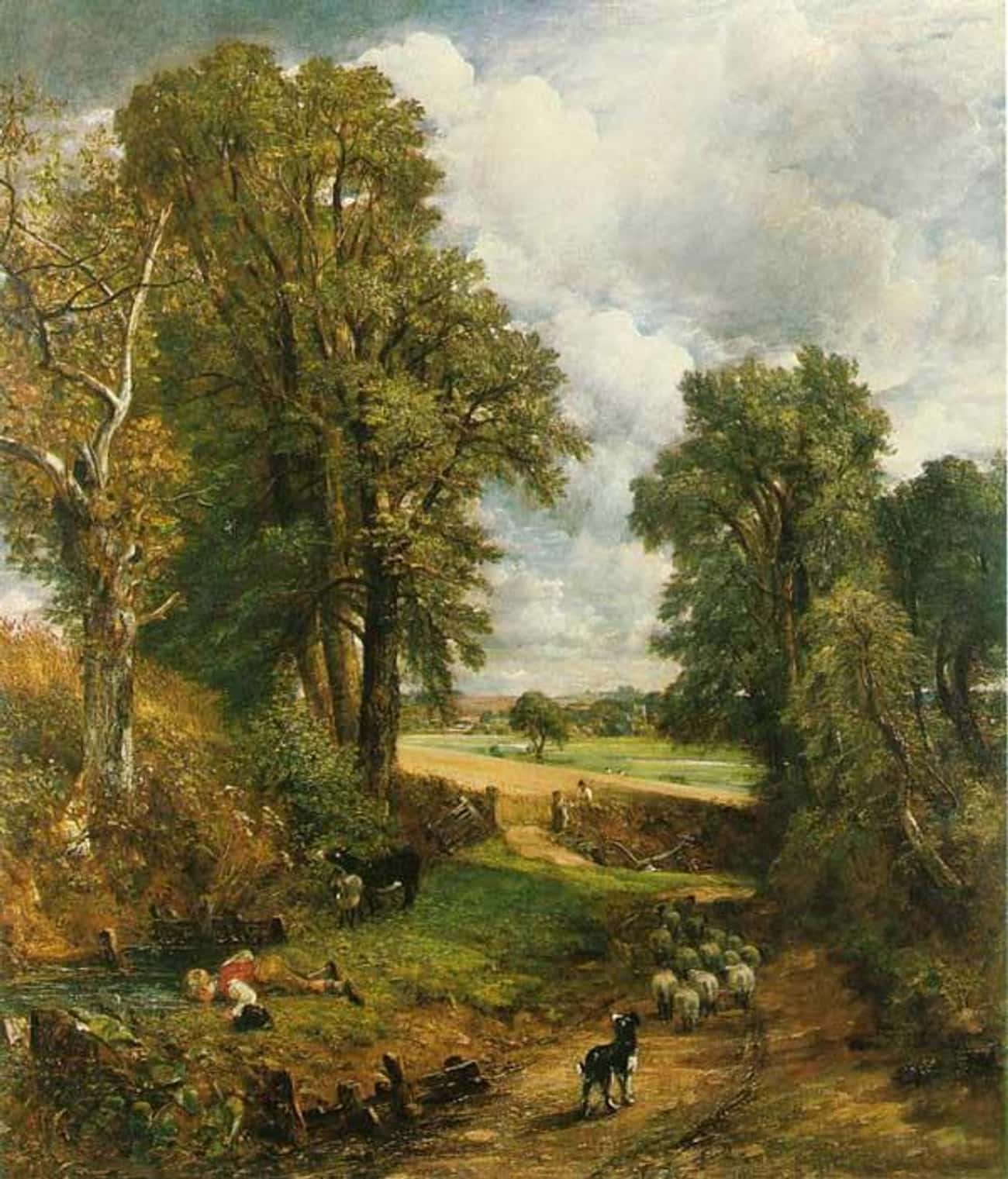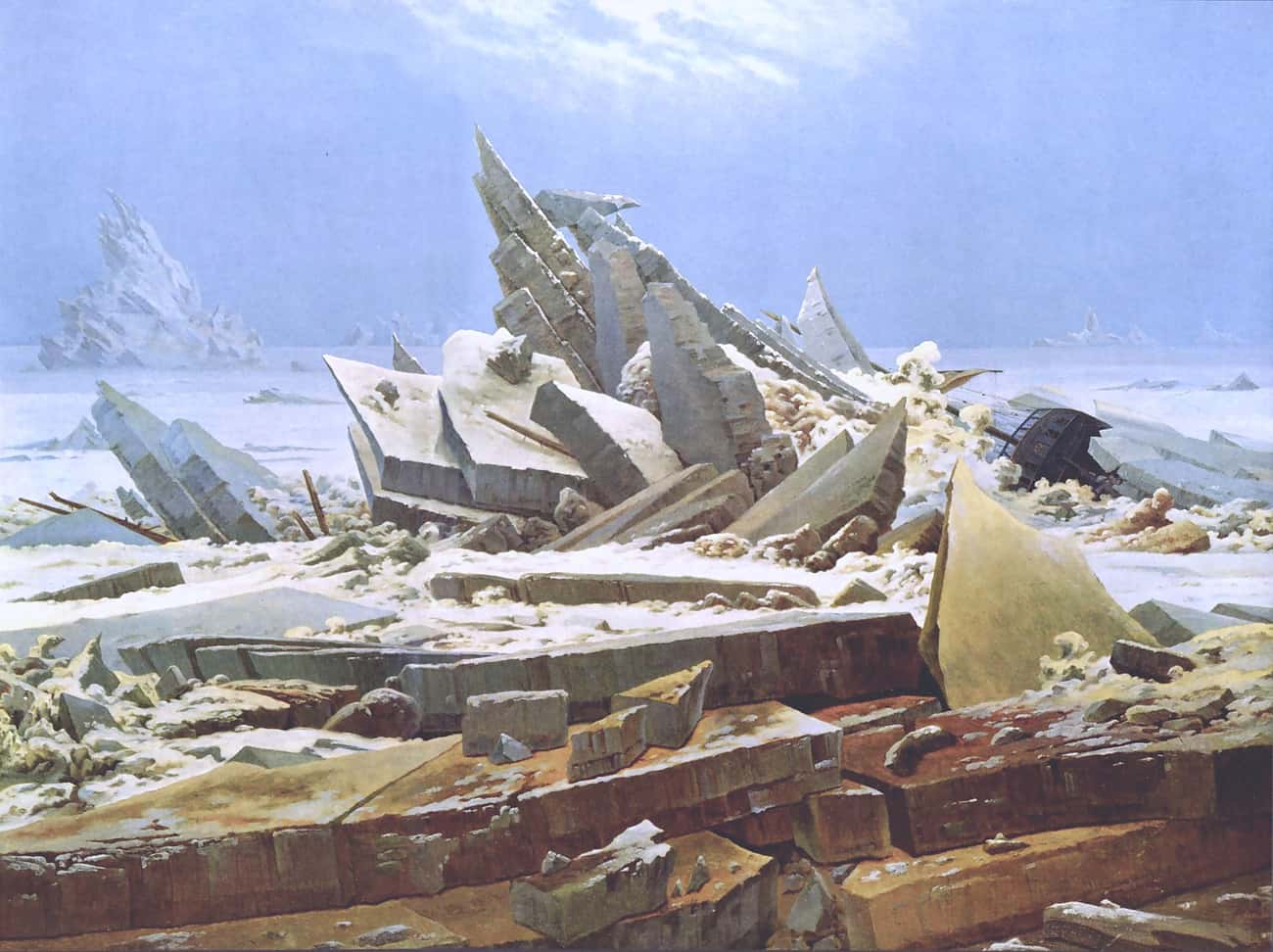Famous Landscape Arts from the Romanticism Movement
List of the most popular landscape arts from the romanticism movement, listed alphabetically with pictures of the art when available. The romanticism period was an extremely important awakening in the world of art, so it's not surprising that many historic landscape arts were created during that time. Renowned romanticism movement landscape arts are highly sought after, so if you want to add one to your collection you better start saving now. Click on the names of the famous romanticism movement landscape art works to see more information about each one.
List features The Lady of Shalott, The Second of May 1808 and more items.
This list answers the questions, "What are examples of romanticism landscape art works?" and "What is the most famous romanticism landscape art work?" {#nodes}Chalk Cliffs on Rügen
Photo: Metaweb (FB) / Public domainChalk Cliffs on Rügen is an oil painting of circa 1818 by German Romantic artist Caspar David Friedrich.- Photo: Metaweb (FB) / Public domain"Dedham Vale" is an oil-on-canvas painting by English artist John Constable.
- Photo: Metaweb (FB) / Public domainLandscape with Cottages (1809-1810) by English artist John Constable.
- Photo: Metaweb (FB) / Public domainModern Rome – Campo Vaccino is a landscape by British artist J. M. W. Turner completed in 1839. It is Turner's final painting of Rome and had been in the possession of the family of the 5th Earl of Rosebery since 1878, until the painting came to auction, 7 July 2010. It was bought by the J. Paul Getty Museum, Los Angeles, and was subject to an export bar to allow a British gallery time to attempt to match the Getty's bid. The painting is now on view at the Getty Center.
- Photo: Metaweb (FB) / Public domainMoonrise by the Sea or Moonrise over the Sea is an 1822 oil-on-canvas painting by German painter Caspar David Friedrich. The work depicts a romantic seascape. It measures 55 × 71 centimetres Three young people, two women side by side and a man further back, are sitting on a large boulder by the sea, silhouetted against the sky as they watch the moon rising to the east above a band of clouds. In the distance are two sailing vessels, ghosting on a light breeze towards the spectators on the shore. The painting is probably a view of the Baltic Sea, near Friedrich's birthplace in Swedish Pomerania. It may be based on the beach at Stubbenkammer near Rügen. The work was commissioned by banker and art collector Joachim Heinrich Wilhelm Wagener, together with a second work, The Lonely Tree, to create a pair of "times of the day", depicting morning and evening landscape scenes, in a tradition of Claude Lorrain. It was completed before November 1822 and has been held by the Berlin National Gallery since 1861, donated by Wagener as part of its founding collection. It is now in the Alte Nationalgalerie of the Staatliche Museen in Berlin.
- Photo: Metaweb (FB) / Public domainRain, Steam and Speed – The Great Western Railway is an oil painting by the 19th century British painter J. M. W. Turner. The painting was first exhibited at the Royal Academy in 1844, though it may have been painted earlier. It is now in the collection of the National Gallery, London. The Great Western Railway was one of a number of private British railway companies created to develop the new means of transport. The location of the painting is widely accepted as Maidenhead Railway Bridge, across the River Thames between Taplow and Maidenhead. The view is looking east towards London. The bridge was designed by Isambard Kingdom Brunel and completed in 1838. A tiny hare appears in the bottom right corner of the painting. Some have this as a reference to the limits of technology. Others believe the animal is running in fear of the new machinery and Turner meant to hint at the danger of man's new technology destroying the inherent sublime elements of nature.
- Photo: Metaweb (FB) / Public domainSalisbury Cathedral from the Bishop's Grounds is an 1823 painting by the nineteenth-century landscape painter John Constable. This image of Salisbury Cathedral, one of England's most famous medieval churches, is one of his most celebrated works, and was commissioned by one of his closest friends, John Fisher, The Bishop of Salisbury. Constable visited Salisbury in 1820 and made a series of oil sketches of the cathedral, which served as the model for this composition. The artist selected a viewpoint from the bishop's garden and included figures of Dr. Fisher and his wife at the bottom left. Following its exhibition at the 1823 Royal Academy, Constable observed: "My Cathedral looks very well....It was the most difficult subject in Landscape I ever had upon my Easel. I have not flinched at the work of the windows, buttresses, &c. - but I have as usual made my escape in the Evanescence of the Chiaro-Oscuro". His patron took exception to the dark cloud over the cathedral, and when he commissioned a smaller replica, requested "a more serene sky".
- Photo: Metaweb (FB) / Public domainSalisbury Cathedral from the Meadows was painted by John Constable in 1831, one year after the death of his wife, Maria. It is currently on display at the National Museum Wales, Cardiff, on loan from the Tate Gallery, London. He later added nine lines from “The Seasons” by the eighteenth-century poet James Thomson that reveal the painting's meaning: That the rainbow is a symbol of hope after a storm that follows on the death of the young Amelia in the arms of her lover Celadon. Constable exhibited this painting at the Royal Academy in 1831, but continued working on it during 1833 and 1834.
- Photo: Metaweb (FB) / Public domainThe Cornfield is an oil-on-canvas painting by the English artist John Constable. It was finished in 1826 and was first exhibited at the Royal Academy that same year. It measures 143 by 122 cm. It is in the National Gallery, London. Constable referred to the painting as "The Drinking Boy" and it is thought to show a lane leading from East Bergholt towards Dedham, Essex
- Photo: Metaweb (FB) / Public domainThe Sea of Ice, also called The Wreck of Hope is an oil painting of 1823–1824 by the German Romantic artist Caspar David Friedrich.
- Photo: Metaweb (FB) / Public domainTwilight in the Wilderness (1860) is a painting by American artist Frederic Edwin Church.
- Photo: Metaweb (FB) / Public domainVenice from the Porch of Madonna della Salute (c. 1835) is a painting by English artist J. M. W. Turner.


